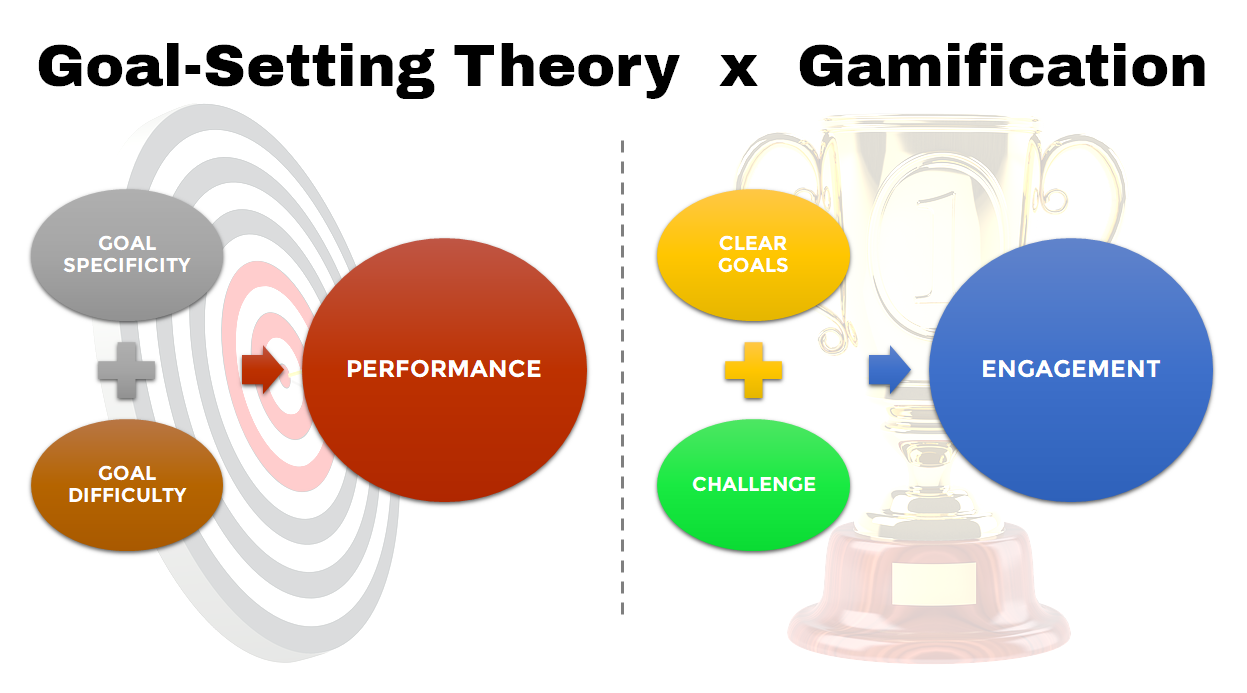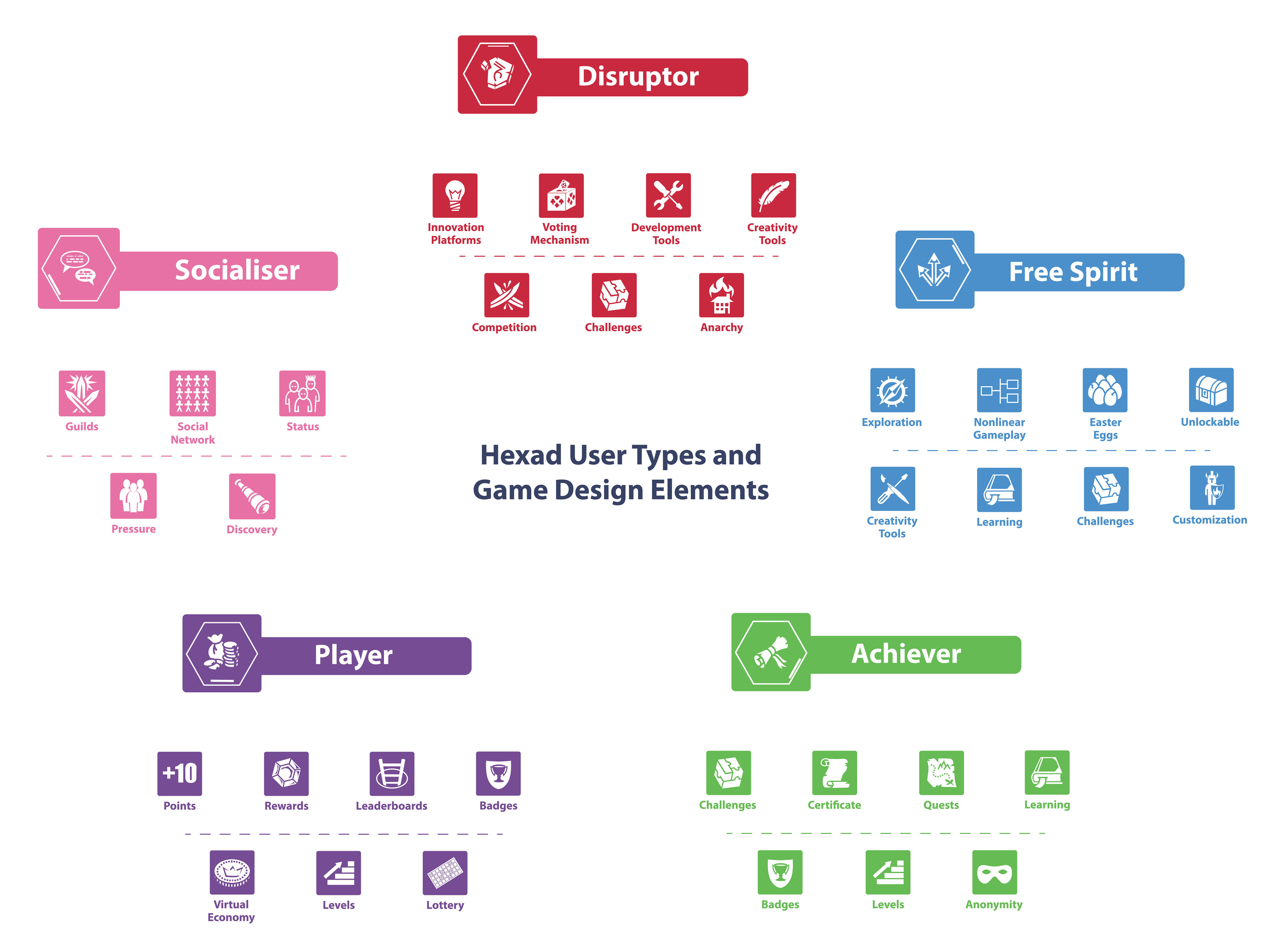Games as a Service – the model of Microtransactions
Written by Karina Arrambide of the HCI Games Group. It is no surprise that video games today offer players the opportunity to buy extra content, loot boxes, skins, DLC or expansion packs. It is common that after players buy a game at full price, they start to see messages that encourage them to buy additional …









